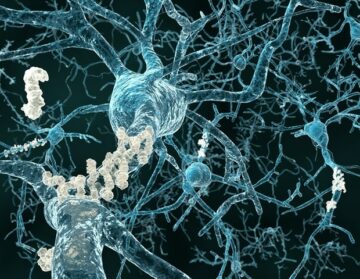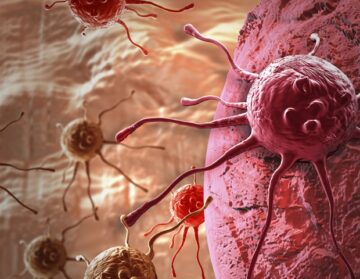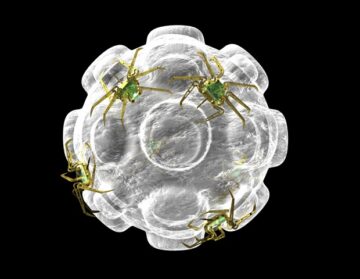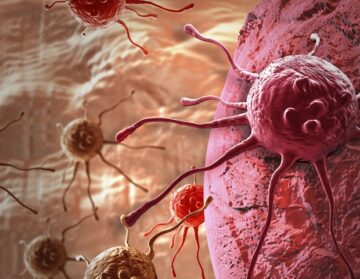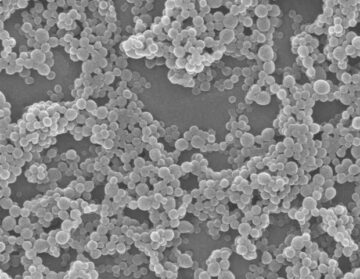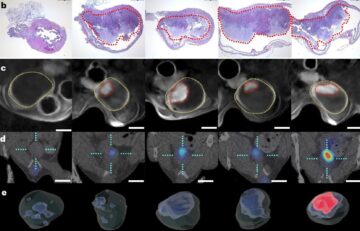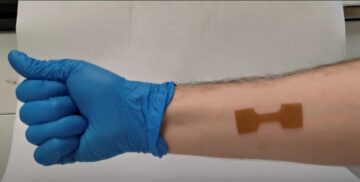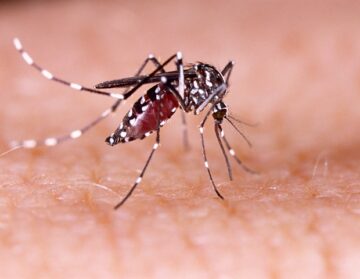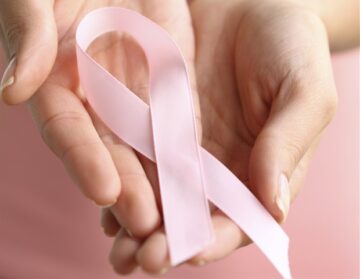In an effort to overcome the rising prevalence of antimicrobial resistance and mitigate the spread of newly emerging pathogens, novel technologies are increasingly being proposed and developed. For example, nanoparticles (NPs) have widely been used as advanced tools for the diagnosis, prevention, and treatment of infectious diseases.
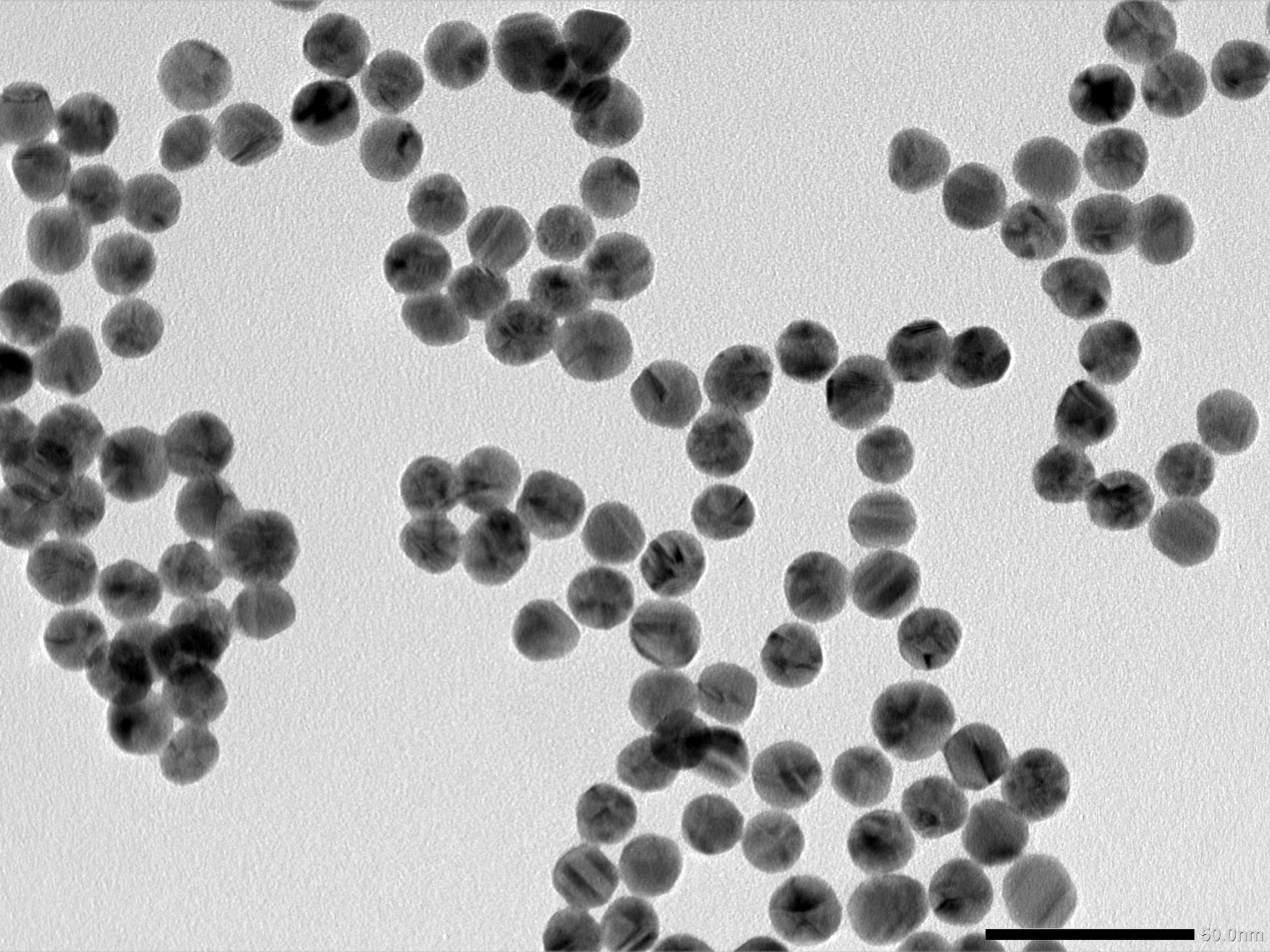 Study: Nanoparticles and Other Nanostructures and the Control of Pathogens: From Bench to Vaccines. Image Credit: nararat yong / Shutterstock.com
Study: Nanoparticles and Other Nanostructures and the Control of Pathogens: From Bench to Vaccines. Image Credit: nararat yong / Shutterstock.com
Gold nanoparticles
Gold nanoparticles (AuNPs) are considered one of the most stable nanoparticles and, as a result, have been prepared into various shapes and structures ranging from nanospheres and nanorods to nanowires and nanocages. The biocompatibility of AuNPs, combined with the ease of functionalizing these nanomaterials to biological active molecules like drugs, antibodies, and enzymes, have allowed researchers to utilize AuNPs for a wide range of medical purposes.
Various studies have examined the antimicrobial properties of AuNPs. When tested against Escherichia coli, AuNPs were found to have an inhibition zone of about 0.5 millimeters (mm). Similarly, cepahlor reduced AuNPs appear to inhibit the synthesis of E. coli and Staphylococcus aureus by creating holes in the bacterial cell wall, which subsequently increases permeability and causes the intracellular contents of these organisms to leak.
In addition to bacteria, AuNPs are also effective antifungal agents, as demonstrated by their efficacy against Candida sp. To this end, AuNPs appear to inhibit H + ATPase activity, which subsequently leads to intracellular acidification and cell death.
Silver nanoparticles
Silver nanoparticles (AgNPs) are also frequently incorporated into medical applications, including wound dressing, because of their antimicrobial properties. AgNPs appear to directly damage bacterial DNA, which subsequently leads to altered protein synthesis that can be fatal to the bacteria.
Various physicochemical studies have used NPs comprising a magnetite core covered with layers of AgNP and chitosan, which is a linear polysaccharide. Analysis of the three-step synthesis of these nanoparticles indicates that these NPs exhibit antimicrobial properties due to the presence of AgNPs.
Since albumin is a major blood protein, the interaction between these NPs and albumin has also been investigated. To this end, the addition of chitosan appears to improve the albumin-NP interaction, thereby ensuring a lesser probability of albumin structure modification and high availability of free NPs for putative therapeutic use.
Like AuNPs, AgNPs also have potent antifungal activity against various Candida strains by directly disrupting the cell wall.
In addition to its antibacterial and antifungal properties, AgNPs between 30-50 nanometers (nm) in size have also been shown to inhibit human immunodeficiency virus 1 (HIV-1) replication by preventing CD-4 dependent virion binding, fusion, infectivity, and cellular entry. AgNPs also appear to inhibit cellular penetration by the H1N1 influenza virus, as well as exert antiviral effects to the hepatitis A virus and herpes simplex virus (HSV).
A model of antiviral therapy has been developed using AgNPs and AuNPs. Specifically, tannic acid-coated metallic nanoparticles have been shown to inhibit the replication of HSV 1 and 2, both of which are responsible for persistent infections and have the potential to cause life-threatening encephalitis in immunocompromised individuals.
Bacteriophages and nanomachines
The application of bacteriophages in nanotechnology has been widely studied. Bacteriophages are viruses that infect and kill bacteria.
Studies investigating the interaction between a single T7 phage and bacterium have demonstrated that the interaction remains reversible until the phage tail fiber recognizes its receptor on the bacterium. This leads to fixation of the phage, initiation of the infection process, lysis of the bacterial cell, and release of virus progeny.
Based on phage tail structure and function, three types of phage-tail-like nanomachines have been developed. An external cellular injection system is a type of nanomachine that recognizes bacterial and insect cells and delivers toxins into the cytoplasm to destroy these cells.
Type 6 excretion system is another nanomachine that delivers toxins into bacterial and fungal cell cytoplasm. Tailocins or phage-tail-like bacteriocins are protein nanomachines produced by a variety of bacteria to kill closely related bacterial strains.
NP-based vaccines
NP-based vaccine substrates have been developed against Shigella sonnei and Shigella flexneri, both of which are Gram-negative bacteria responsible for severe diarrhea. Generalized modules for membrane antigens including O-antigen and proteins from non-toxin-producing strains have been developed and tested in mice. These findings highlight the potency of vaccine substrates against these bacteria.
Vaccines have been developed with NPs that consist of mucosa-adhesive chitosan patches, adjuvants, and a specified antigen coating. The analysis of these nanoparticles indicates the effective release of the adjuvants following an oral liquid administration.
- Hu, X., Zhang, Y., Ding, T., et al. (2020). Multifunctional Gold Nanoparticles: A Novel Nanomaterial for Various Medical Applications and Biological Activities. Frontiers in Bioengineering and Biotechnology 8. doi:10.3389/fbioe.2020.00990.
- Sharmin, S., Rahaman, M., Sarkar, C., et al. (2021). Nanoparticles as antimicrobial and antiviral agents: A literature-based perspective study. Heliyon 7(3). doi:10.1016/j.heliyon.2021.e06456.
- Boudier A., & Faou, A. L. (2023). Nanoparticles and Other Nanostructures and the Control of Pathogens: From Bench to Vaccines. International Journal of Molecular Sciences. doi:10.3390/ijms24109063.
- SEO Powered Content & PR Distribution. Get Amplified Today.
- PlatoAiStream. Web3 Data Intelligence. Knowledge Amplified. Access Here.
- Minting the Future w Adryenn Ashley. Access Here.
- Buy and Sell Shares in PRE-IPO Companies with PREIPO®. Access Here.
- Source: https://www.news-medical.net/news/20230523/The-antimicrobial-potential-of-nanoparticles.aspx
- :has
- :is
- 1
- 10
- 200
- 2020
- 2021
- 2023
- 66
- a
- About
- active
- activities
- activity
- addition
- administration
- advanced
- against
- agents
- AL
- also
- altered
- an
- analysis
- and
- Another
- Antibodies
- appear
- Application
- applications
- ARE
- AS
- availability
- Bacteria
- BE
- because
- been
- being
- between
- binding
- biotechnology
- blood
- both
- by
- CAN
- Cause
- causes
- Cells
- closely
- COM
- combined
- comprising
- considered
- contents
- control
- Core
- covered
- Creating
- credit
- Death
- delivers
- demonstrated
- dependent
- destroy
- developed
- directly
- diseases
- dna
- Drugs
- due
- ease
- Effective
- effects
- effort
- emerging
- end
- ensuring
- entry
- Ether (ETH)
- example
- exhibit
- external
- findings
- following
- For
- found
- Free
- frequently
- from
- function
- fusion
- Gold
- Have
- height
- High
- Highlight
- Holes
- HTTPS
- human
- image
- improve
- in
- Including
- Incorporated
- Increases
- increasingly
- indicates
- individuals
- infection
- Infections
- Infectious diseases
- Influenza
- interaction
- into
- ITS
- journal
- jpg
- Kill
- layers
- Leads
- leak
- lesser
- like
- Liquid
- major
- medical
- Medical Applications
- mice
- Middle
- Mitigate
- Mobile
- model
- Modules
- molecular
- most
- Nanomaterials
- nanotechnology
- NIH
- novel
- of
- on
- ONE
- or
- Other
- Overcome
- Patches
- penetration
- perspective
- plato
- Plato Data Intelligence
- PlatoData
- potency
- potential
- prepared
- presence
- preventing
- Prevention
- probability
- process
- Produced
- properties
- proposed
- Protein
- Proteins
- purposes
- range
- ranging
- recognizes
- Reduced
- references
- related
- release
- remains
- replication
- researchers
- Resistance
- responsible
- result
- rising
- s
- SCIENCES
- severe
- shapes
- shown
- shutterstock
- Similarly
- Simplex
- single
- Size
- Sources
- specifically
- specified
- spread
- stable
- Strains
- structure
- studied
- studies
- Study
- Subsequently
- system
- Technologies
- that
- The
- their
- Therapeutic
- therapy
- thereby
- These
- this
- three
- three-step
- thumbnail
- to
- tools
- treatment
- type
- types
- until
- URL
- use
- used
- using
- utilize
- Vaccine
- vaccines
- variety
- various
- virus
- viruses
- Wall
- WELL
- were
- when
- which
- wide
- Wide range
- widely
- with
- X
- zephyrnet

